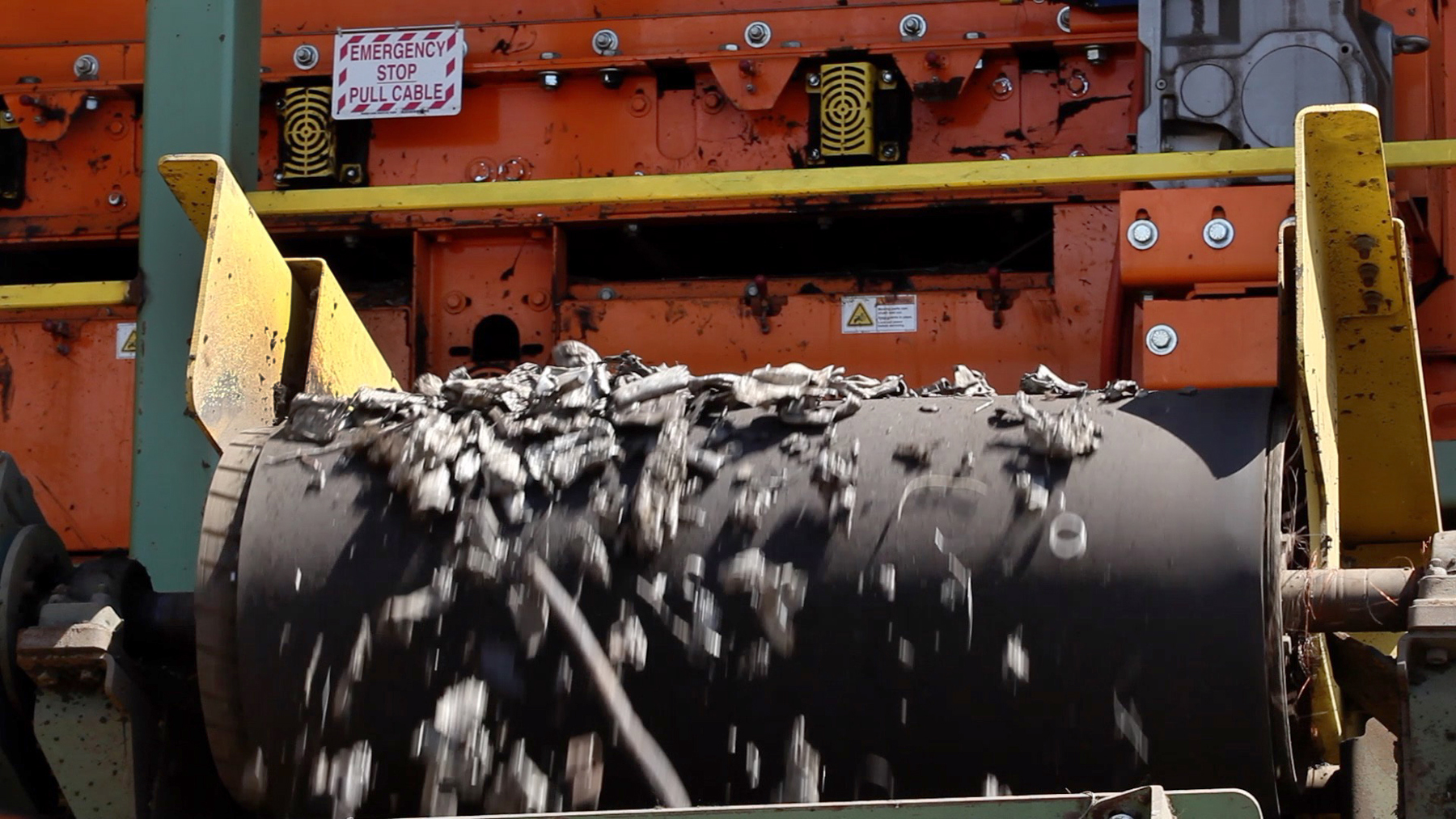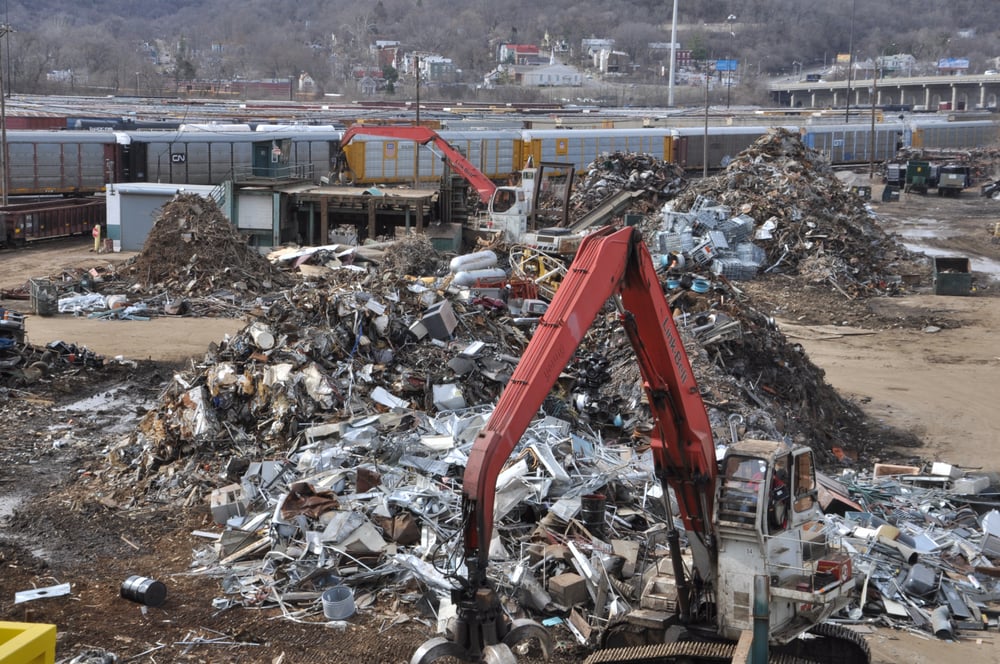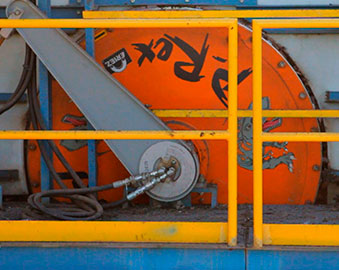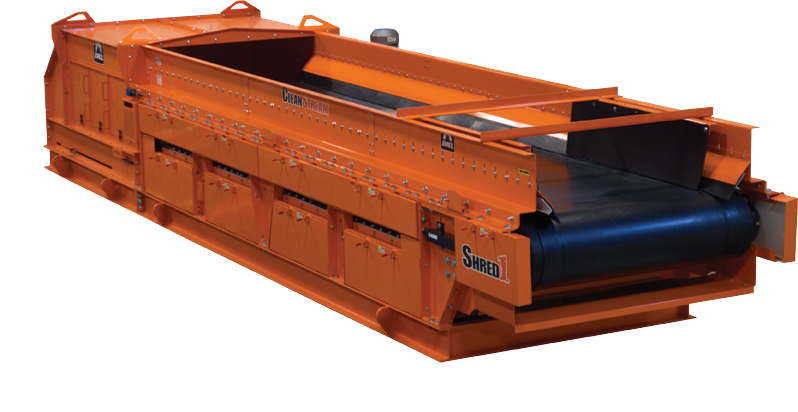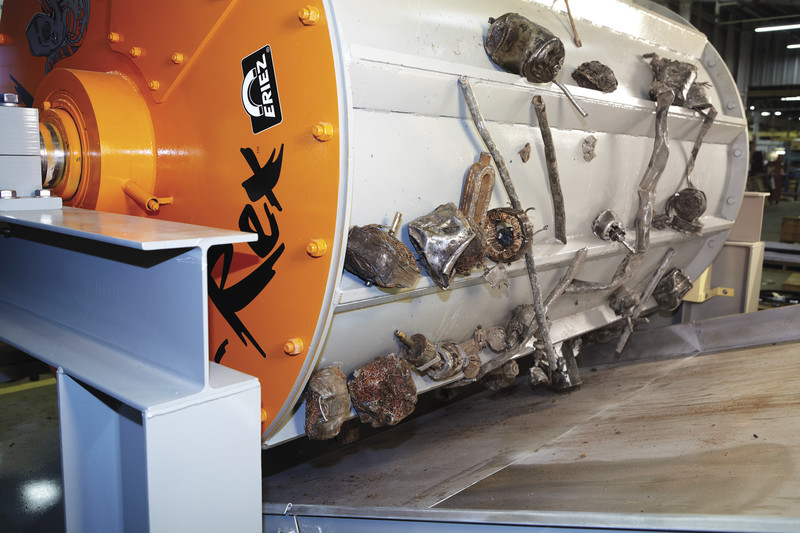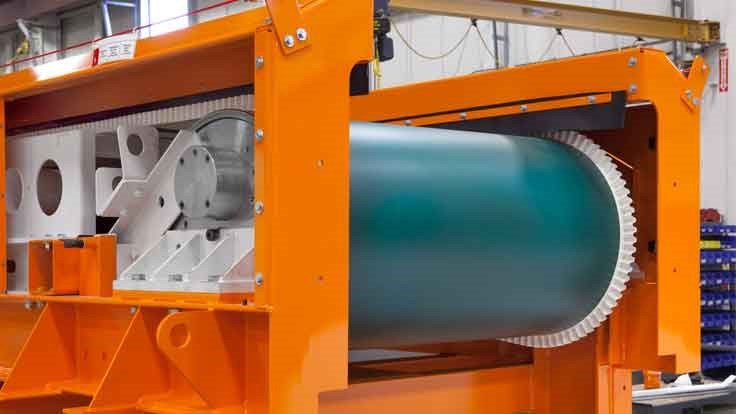The Problem: A plant ships a powder product in bulk bags. The bulk bag filling operation is under review because of a number of problems including unstable filled bags, weighing inaccuracy and low throughput.
 The Equipment: CONE TABLE / HANG FILLING System
The Equipment: CONE TABLE / HANG FILLING System
The Solution: Control and Metering analyzed the plant’s filling process focusing on bulk bag design, storage and shipping, filling equipment and the financial impact of the filling operation.
Ingredient: 55 pcf, sells for $0.50 per lb.
Bulk bag: 2,200 lbs., 40 ft³, 37″ x 37″ x 63″, extra cost internal baffles for bag stability.
Production rate: 10,000 bulk bags are filled per year which is about 10% of total production. Production output is diverted to bulk bag filling and reverts back to filling other packages when bulk bag filling is complete.
Filling rate: 12 bags/hour
Weighing accuracy: Due to the limited accuracy of the current system bags are over filled by 5 lbs. on average to ensure that customers are not short shipped.
Operation: Two operators are required to fill the bag: both rig the empty bag on the filler, one initiates the fill sequence and ties off the filled bag spout, the other places the printed ticket in the bag pouch.
Safety: Dusting is an issue which causes a safety problem for the operators.
Storage: Bags are placed in a warehouse prior to shipping.
Solution:
 CONE TABLE/HANG FILLING System
CONE TABLE/HANG FILLING System
Features:
Cone table densification for maximum stability and volumetric efficiency;
Hang weighing for high accuracy;
PLC automation of filling sequence.
Benefits:
30 bags per hour output;
No longer require baffles;
Bag height reduced 10”;
± 1 lb. weighing accuracy;
One operator at filler;
Dust eliminated; and,
53” bags are stacked 2-high.
The Result:
The Control and Metering system allows the plant to efficiently fill bulk bags using one operator at a rate 2.5 times faster than before. In addition to reducing labor, the plant has improved its overall efficiency because it can revert back to filling other packages (the bulk of production) quicker than in the past.
Weighing within 1 pound recovers a significant amount of lost revenue over the course of a year. Customers are still assured of not being short shipped and the plant improves their bottom line.
The cost of each bulk bag has been significantly reduced because cone table densification of the product produces stable, safe bags without the need for internal baffles and has allowed the bag height to be reduced while still maintaining the full package weight. A further bonus of cone table densification is that bags can now be safely stacked 2-high thereby maximizing storage efficiency.
Dusting has been eliminated by the twin tube fill head on the Model AC that allows dust laden air to be extracted when connected to the plant dust collection system.
The new bulk bag packaging system is a model of efficiency which allows overall plant production to be maximized. And, the capital investment that facilitated the change was paid back in less than 3 months!

